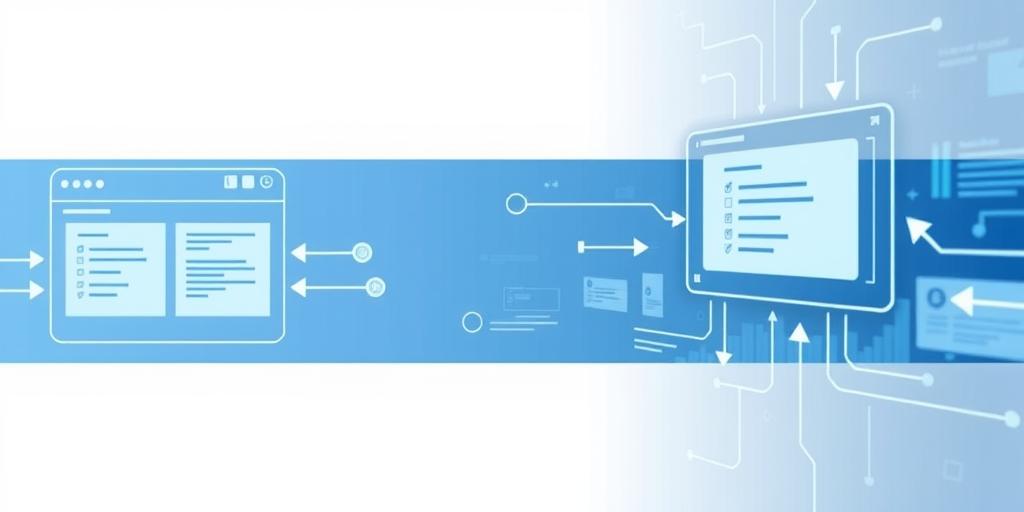Digital Nudging: How Tech Giants Use Your Data to Influence You
In the digital age, our online experiences are increasingly shaped by subtle yet powerful techniques known as "digital nudging." Tech giants leverage vast amounts of user data to influence our decisions, often without our conscious awareness. This article explores how these nudges work, their ethical implications, and what you can do to protect yourself.
What is Digital Nudging?
Digital nudging is the practice of using design elements to guide users toward specific choices. Drawing from behavioral economics and psychology, these techniques exploit cognitive biases to make certain options more appealing or convenient. Unlike overt manipulation, nudging aims to influence behavior in a predictable manner without forbidding any choices or significantly changing economic incentives.
Examples of digital nudges include:
- Default Settings: Pre-selected options that users are likely to stick with.
- Framing Effects: Presenting information in a way that highlights certain aspects over others.
- Social Proof: Showing what other users are doing to encourage similar behavior.
- Scarcity Appeals: Emphasizing limited availability to create a sense of urgency.
- Personalized Recommendations: Tailoring suggestions based on past behavior.
How Tech Giants Use Your Data
Tech companies collect massive amounts of data about our online activities, including browsing history, search queries, social media interactions, and location data. This data is used to create detailed profiles of individual users, allowing companies to predict our preferences and behaviors with remarkable accuracy.
Here are some specific ways tech giants use your data for digital nudging:
- Personalized Advertising: Targeted ads based on your interests and online behavior.
- Algorithmic Feeds: Curated content on social media platforms designed to maximize engagement.
- Recommendation Systems: Suggestions for products, services, or content based on your past choices.
- Gamification: Incorporating game-like elements to encourage specific actions, such as completing a profile or making a purchase.
- Dark Patterns: Deceptive design elements that trick users into making unintended choices.
Ethical Implications
While digital nudging can be used for positive purposes, such as promoting healthy behaviors or encouraging energy conservation, it also raises several ethical concerns:
- Autonomy: Nudging can undermine individual autonomy by influencing choices without conscious awareness.
- Transparency: Many nudging techniques are opaque, making it difficult for users to understand how their decisions are being influenced.
- Manipulation: Some nudges can be manipulative, exploiting cognitive biases to promote the interests of the company over the user.
- Privacy: The use of personal data for nudging raises privacy concerns, as it can reveal sensitive information about individuals.
Protecting Yourself from Digital Nudging
While it may not be possible to completely avoid digital nudging, there are steps you can take to protect yourself:
- Be Aware: Educate yourself about common nudging techniques and how they are used.
- Review Privacy Settings: Adjust your privacy settings on social media platforms and other online services to limit data collection.
- Use Ad Blockers: Install ad blockers to reduce the amount of targeted advertising you see.
- Think Critically: Question the choices presented to you online and consider why certain options are being highlighted.
- Support Regulation: Advocate for greater transparency and regulation of digital nudging practices.
Conclusion
Digital nudging is a powerful tool that tech giants use to influence our online behavior. By understanding how these nudges work and taking steps to protect ourselves, we can make more informed choices and maintain greater control over our digital lives. As technology continues to evolve, it is crucial to have ongoing discussions about the ethical implications of digital nudging and to develop policies that promote transparency, autonomy, and fairness.









